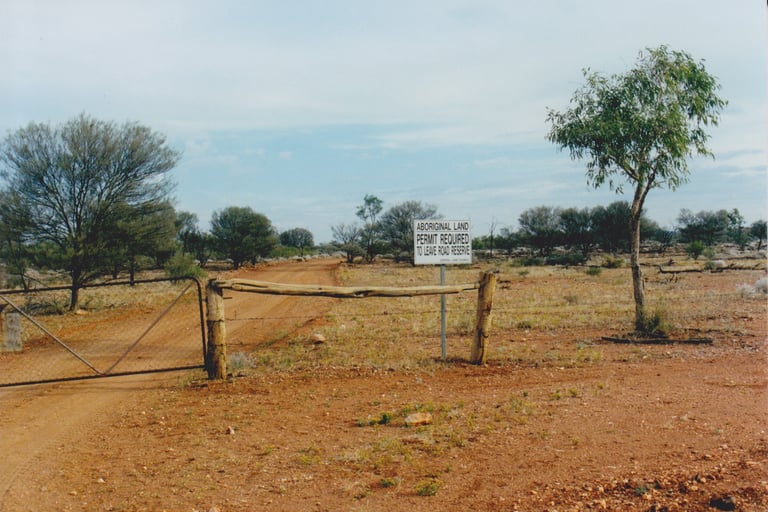Finding Utopia
Dr. Victoria King
Indigenous Australians have the longest continuous land-based culture in the world with recent estimates of up to 80,000 years. They are custodians for specific places they call ‘Country’, a term that in English doesn’t convey their profound connection to their ancestral land. They lived in harmony with the land until 1788 when British colonisation catastrophically disrupted their lives. Their land was taken by force, often in massacres, and they were displaced far from their homelands to harsh Christian missions that forbade them speaking their native languages. It is hard to comprehend how traumatic it is for a land-based culture to not have access to their Country, nor be able to do rituals for its regeneration. Many Aboriginal people suffer from trans-generational trauma due to their ancestors’ displacement and ill-treatment, and still suffer racism and abuse.
After European settlement, some Aboriginal men worked as stockmen on cattle stations in exchange for rations of food, clothing, and blankets, but in 1967 when legislation gave them equal pay to white workers, they were fired. Few Aboriginal people ever found suitable employment until they began painting. From 1850 to 1973, the Australian government carried out a White Australia policy which still reverberates across the land. As late as the 1970s, officials forcibly took half-caste children from Aboriginal families and put them in missions and foster homes where they were often abused. Many were never able to find their families again. Officials took Stolen Generation artist Barbara Weir when she was nine years old while she was collecting water for her Auntie Emily. They took her 1500 kilometres away to Darwin. Her family thought she died and did Sorry Business death rituals, and it took Barbara twelve years to find her family again. She and many of the women in this exhibition were instrumental in Utopia having the first successful Aboriginal Land Rights claim in 1979.
While countless tribal groups and their languages did not survive, many endured. At Utopia, the Anmatyerre and Alyawarre people continue to hand down their oral culture and ancient, experiential knowledge to new generations through ancient rituals, and Dreaming stories and song cycles that once mapped all of Australia. Each Aboriginal person has Dreamings given to them through paternal and maternal lineages. Their main Dreaming comes from their father and is for their ancestral Country, while the mother bestows a Dreaming from the place of the child’s conception.
The Aboriginal outstation of Utopia is 270 kilometres northeast of Alice Springs in the country’s arid, red centre. Jenny Green was a school teacher at Utopia and a great friend to the people of Utopia. She compiled an Alyawarre-English dictionary and set up a batik workshop there in 1978. The women took the small Indonesian tjanting tools, wax and silk with them when they collected bush tucker and melted wax over open fires in a communal activity which they all enjoyed. In 1988, an art dealer distributed acrylic paints and canvas at Utopia, and it was predominantly women who began painting their Dreamings and Women’s Ceremony awelye designs in that new medium. Emily Kngwarreye, an Anmatyere artist, began painting in her 80s and became Australia’s most celebrated Aboriginal artist. One of her Yam Dreaming paintings achieved the highest sum ever paid for any Australian artwork at auction, yet her homeland of Alhalkere was never returned to its Traditional Owners and has remained a cattle station.
Culture, spirituality, the land, kinship relationships, and art are not separate for Aboriginal Australians. Their exciting, hybrid works of art based on ancient Dreamings and body painting designs are now internationally celebrated. There are a few Aboriginal art cooperatives which allow artists to work together on remote outstations and receive fair prices, but the artists have long suffered exploitation by unethical art dealers. Their artworks are receptacles of their sacred culture, and it is against Aboriginal Law for an Aboriginal person to paint another person’s Dreaming. Non-indigenous artists viewing these canvases will hopefully be respectful and not appropriate the dots and lines into western artworks as a ‘style’ or technique. Aboriginal people all over the world have already had far too much taken from them…
Photograph of entrance to Utopia by Victoria King, 1998.
© Photograph and text copyright Victoria King 2022

